Cuicuilco考古遗址是墨西哥山谷中已发掘的最古老的公元前城市之一。可能是您参观过最古老的遗址。从公元前700年到公元150年,Cuicuilca人是主要居民,当时约2万人。
公元245年到315年间,爆发了一连串毁灭性的火山爆发,导致该地区的大部分被熔岩复盖,居民纷纷逃离。当时特奥蒂瓦坎(Teotihuacán)的发展正在崛起,部分Cuicuilca居民往特奥蒂瓦坎(Teotihuacán)逃难。北部的Copilco有一个的祭典中心,几乎被火山熔岩埋没。
熔岩经过的区域,有的地方深达十米,今日被称为圣安赫尔石区(Pedregal de San Ángel),复盖区域约80平方公里。包括墨西哥大学城(University City)、Pedregal的许多社区,延伸到南部的阿胡斯科山脚。
Cuicuilco的意思是“歌曲和舞蹈之地”。它是古代墨西哥最大的宗教中心之一。考古学家证明它是一个重要的遗址,拥有多座金字塔、台地、寺庙和复杂的水利系统。
今日,考古遗址被划分为两个区域。Cuicuilco A区是宗教中心,而Cuicuilco B区位于西部,今日的奥林匹克村体育中心。然而,最具标志性的建筑是Cuicuilco金字塔,是一座围绕山丘中心的圆形结构。
Cuicuilco博物馆保存了大量在遗址出土的陶器和日常用品,其中包括研钵、容器和饰品。
这个考古遗址非常靠近Insurgentes和外环道,为两条最重要繁忙的大道的交汇处。因此,也成为该地区最大、最早的购物中心之一。由于地利之便,与大学城内的许多其他遗址也有相结合。
例如,考古遗址靠近洛雷托和佩尼亚波布雷生态公园,一个位于19世纪纸厂土地上的生态保护区。
遗址开放区域:博物馆、洗手间、标记的步道和停车场。
开放时间:周一至周日,上午9点至下午5点。
 zacuicuilco_inah@inah.gob.mx
zacuicuilco_inah@inah.gob.mx
 +52 (55) 5606 9758
+52 (55) 5606 9758
 https://www.inah.gob.mx/zonas/119-zona-arqueologica-cuicuilco
https://www.inah.gob.mx/zonas/119-zona-arqueologica-cuicuilco

相近 0.21 kms.
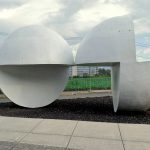
相近 0.32 kms.
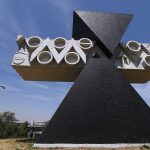
相近 0.41 kms.
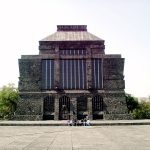
Initially intended as but one part of a City of the Arts, today's Anahuacalli Museum is a far more contemporary space than you might imagine.

One of the most important sites in the city, even today, don't miss the chance to visit the Templo Mayor.
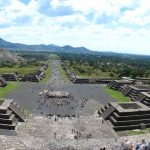
An essential stop for first-time visitors to Mexico City.
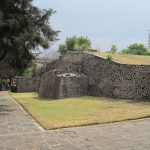
One of the city's newest archaeological sites, it's one of the oldest and deepest of shrines in the Valley.
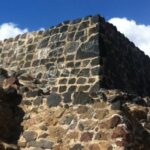
One of the oldest and most significant archaeological zones in Mexico City.